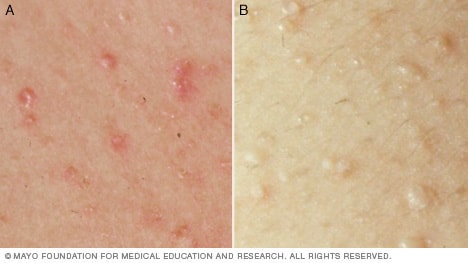
POISON IVY REACTION HOW TO
Learn how to identify poison ivy, poison oak and poison sumac in all seasons. To prevent poison ivy rash, follow these tips:Īvoid the plants. Serious difficulty breathing and inflammation of the lining of the lungs may result from inhaling urushiol. See your doctor if pus starts oozing from the blisters.

POISON IVY REACTION SKIN
If you scratch a poison ivy rash, bacteria under your fingernails may cause the skin to become infected. Your risk of a rash is increased if you participate in outdoor activities that put you at higher risk of exposure to poison ivy, poison oak and poison sumac: But it's possible to get poison ivy rash from someone if you touch plant resin that's still on the person or contaminated clothing. Pus that oozes from blisters doesn't contain urushiol and won't spread the rash. Even the smoke from burning poison ivy, poison oak and poison sumac can irritate or harm your nasal passages or lungs.

Poison ivy rash is caused by an allergic reaction to an oily resin called urushiol. Unlike poison ivy and poison oak, it doesn't grow in a three-leaf-per-stem pattern. The poison sumac plant has smooth-edged leaves and can grow as a bush or tree. The rash doesn't get better within a few weeks.You develop a fever greater than 100 F (37.8 C).The rash affects your eyes, mouth or genitals.You inhaled the smoke from burning poison ivy and are having difficulty breathing.The severity of the rash depends on the amount of urushiol that gets on your skin. The reaction usually develops 12 to 48 hours after exposure and lasts two to three weeks. You can also transfer the oil to other parts of your body with your fingers. But if you develop a rash after touching a piece of clothing or pet fur that has urushiol on it, the rash may be more spread out. Poison ivy rash often appears in a straight line because of the way the plant brushes against your skin. Difficulty breathing, if you've inhaled the smoke from burning poison ivy.

Signs and symptoms of a poison ivy rash include:


 0 kommentar(er)
0 kommentar(er)
